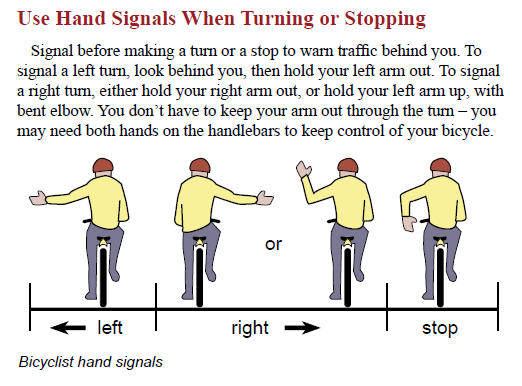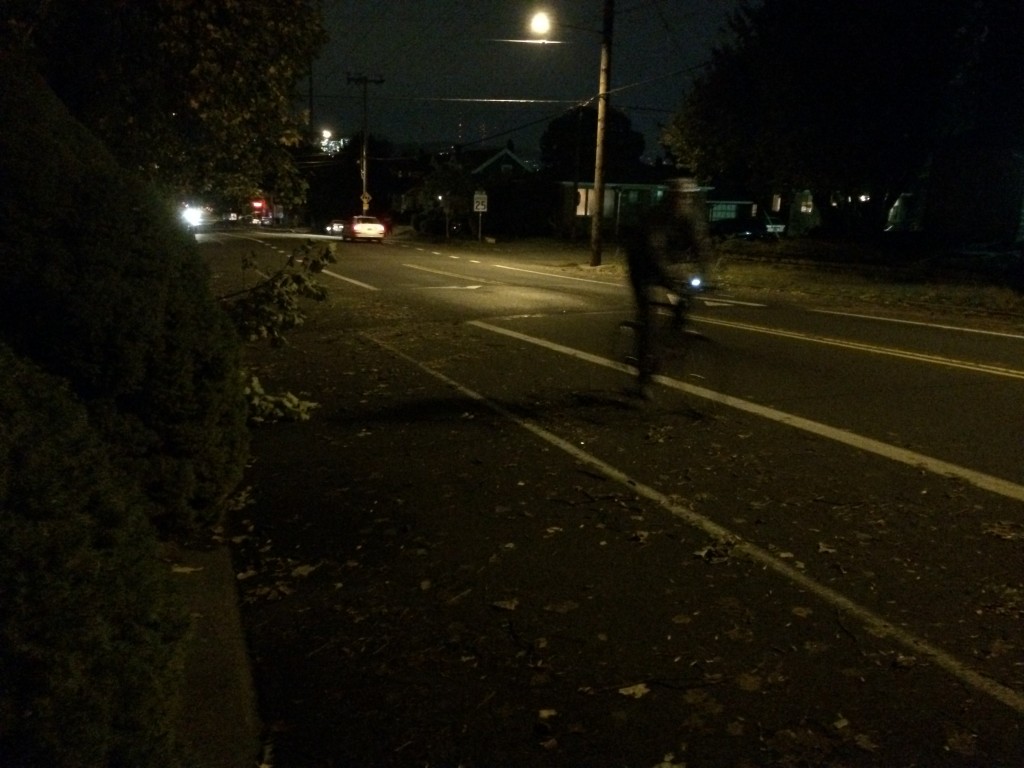Q. I have an Oregon automobile insurance policy. What does that mean?
A. In Oregon, every automobile insurance policy has four areas of coverage: Liability, Personal Injury Protection (PIP), Property Damage, and Uninsured/Underinsured Motorist Coverage (UM/UIM).
Q. What is PIP?
A. PIP covers medical expenses and lost wages if you are injured in a collision. In Oregon, the minimum amount of coverage is $15,000. PIP is (usually) “first party” coverage which means your automobile insurance covers your medical bills and wage loss despite the collision being the fault of another road user.
Q. I ride a bicycle and walk places sometimes, do I need to buy an additional insurance policy that covers me when I ride?
A. It depends. In Oregon, your automobile insurance will cover you in some ways when you are walking or riding your bicycle. If you are injured in a collision with a motor vehicle, your PIP insurance will pay your medical bills. However, if you are injured in an accident that does not involve a motor vehicle, PIP will not cover you, but your health insurance might. If you hit and injure a pedestrian or another bicyclist while you are riding your bicycle, your automobile liability insurance will not apply. There are other insurance options available to cover your liability, such as homeowners/renters insurance or personal liability umbrella policies.
Q. I usually walk or ride my bicycle for transportation. I don’t own a car. Can I get insurance?
A. Maybe, so long as you’re a licensed driver. Some national insurers offer insurance for drivers who don’t own their own cars. These policies usually need to be purchased through a broker or local agent, though.
Q. How much automobile insurance do I need?
A. The more the better. In Oregon the legal minimum for liability coverage is $25,000. However, to protect yourself and others, I recommend you purchase insurance above the legal minimum amount. Many insurance purchasers are surprised to learn that increasing their protection from $25,000 to $350,000 is a matter of only a few dollars a month. If you injure another road user, or if you are injured by an uninsured or underinsured motorist, you will be relieved that you purchased the larger policy.
Q. Do I still need a big policy if I mostly walk or ride my bicycle?
A. Yes. It is just as important (if not more so) to have adequate insurance when you are riding your bicycle. In Oregon the amount of your UM/UIM insurance is the same as your liability insurance. Therefore higher limits means more protection for you as well as any other road user you may injure.
Q. Will my automobile policy cover my bicycle if it is stolen?
A. No. However, your homeowners/renters insurance policy might cover the loss.
Q. I was hit by a car while riding my bicycle and had to go to the hospital, how do I pay the bills? I have automobile insurance and health insurance.
A. Since you have your own automobile insurance, your PIP coverage will become the “primary” insurer to pay the bills. Any bills not covered by your automobile insurance will be paid by your health insurance. Additionally, any bill not paid by either of your insurers, like co-pays, can be submitted to the motor vehicle driver’s PIP insurer. Your insurers will then seek repayment from the negligent driver’s insurer in a process called subrogation.
Q. I was hit by a car while I was riding my bicycle. I had to go to the hospital. How do I pay the bills? I don’t have automobile insurance or health insurance.
A. In Oregon, pedestrians (and that includes bicycle riders in this context), can access the PIP coverage of a motor vehicle that hit them, regardless of whose fault the collision was. As a result, if you are struck and injured by a motor vehicle while walking, your medical bills and wage loss will be covered as if you had automobile insurance yourself.
Q. I was hit by a car while walking and injured. Now I can’t work. How do I recover my lost wages?
A. Your lost wages will be paid by PIP coverage, but not 100%. First, you have to be unable to work for two weeks. Even then you will receive only 70% of your gross pay up to $3,000 a month. The other portions of wage loss not covered will need to be recovered from the driver’s insurance company through a settlement or trial.
Q. I was hit by a car while riding my bicycle and my bicycle was damaged. How do I get it repaired?
A. Your property damage is covered under the automobile insurance policy of the car that hit you. Once you have a claim open with the insurer, take your damaged bicycle to a bicycle shop for a damage estimate. The damage estimate will need to contain the cost of repairing the bicycle. If the bicycle is a total loss the shop should provide you with the value of the bicycle, as a used bicycle with the components it had, at the moment before it was hit and its salvage value after the collision.
Q. I was hit by a car while walking and I don’t think I was hurt. Should I still file a claim with the driver’s insurance company?
A. Yes. First, sometimes injuries can stay “hidden” for several months. Second, by reporting a driver that hit you to their insurer, you are ensuring some repercussion (higher insurance rates) for their negligent driving.
Q. I was hit by a car while riding my bicycle and the driver did not have insurance. What can I do? I have automobile insurance.
A. Your insurance policy contains UM/UIM coverage which will cover you if you are hit by an uninsured or underinsured (damages exceed their policy) driver. Your insurer essentially steps into the shoes of the negligent’s driver’s insurance (if they had any).
Q. I was hit by a car while riding my bicycle and the driver did not have insurance. What can I do? I do not have automobile insurance.
A. First, file a police report. If you have medical insurance, that coverage will pay your medical bills. If you do not have medical insurance then you may need to find a treating doctor that will accept payments or treat you for a reduced charge. If the uninsured driver struck you while engaged in a crime (assault, driving under the influence) then you may be able to obtain compensation from the Oregon Crime Victim’s Fund.



